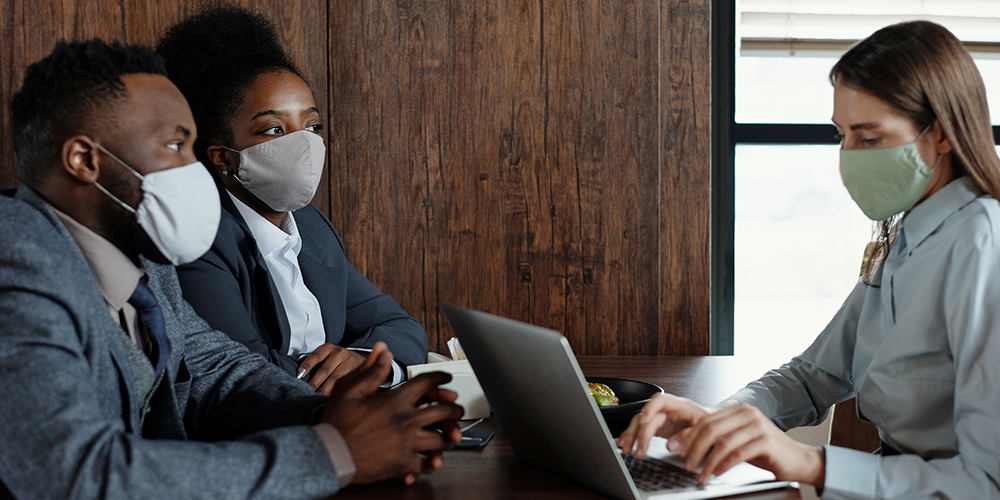If you are an employer, this information is a must know! Recently, the Centers for Disease Control has redefined the term of being in “close contact” with someone who has tested positive for COVID-19. This new definition is one that will affect all group settings. The workplace is one of them.
Previously, a “close contact” individual was someone who was within six-feet during a 15-minute period of a person who tested positive for the virus. Now, “close contact” still requires the “within six-feet distance” scenario but broadens the 15 minute window criteria.
The new definition states that someone doesn’t need to have 15 consecutive minutes of interaction with a person who is confirmed to have COVID-19. A cumulative total of 15 minutes or more over a 24-hour period can also consider someone as in “close contact”. And, everyone who is in close contact will still need to be tested for the virus and quarantine themselves.
This change goes hand in hand with a recent study published by the CDC’s Morbidity and Mortality Weekly Report. The study details that a facility employee at a male correctional facility in Vermont tested positive for COVID-19. The confirmed case was reported to the Vermont Department of Health (VDH) on August 11, 2020.
The correctional officer came in contact with 6 inmates who had arrived from an out-of-state correctional facility on July 28. All the inmates were kept in a quarantine unit and tested for SARS-CoV-2 on that day. On July 29, all their tests came back positive. As a result, the Vermont Department of Corrections (VDOC) and VDH conducted a contact tracing investigation.
During the correctional officer’s eight-hour shift, video surveillance footage showed he only had brief encounters with the inmates. Although they weren’t consecutive, the officer interacted with the inmates for about 17 minutes total. During all encounters, the officer wore a microfiber cloth mask, gown, and goggles. The inmates didn’t always wear a mask. Also, the officer didn’t have any other exposure to people with COVID-19 out of work and hadn’t traveled.
On August 4, the officer started showing COVID-19 symptoms. On August 5, he got tested, and a positive result returned on August 11. Data shows that one of the inmates transmitted the virus to the officer.
So, what does this all mean? The previous and current definition isn’t quite yet set in stone. There is so much more to learn about the virus.
The new “close contact” definition is much broader so people who didn’t fall in this category before, probably do now. If employees are in the office, it is inevitable that they will have some sort of interaction. And, even if coworkers only have a 5-minute long meeting, three 5-minute meetings will still count if there is a case of COVID-19 exposure.
Employees should be informed of these changes to better trace any unfortunate virus cases. And, employers with less than 500 employees who fall under the Families First Coronavirus Response Act (FFCRA or Act) will need to “provide their employees with paid sick leave or expanded family and medical leave for specified reasons related to COVID-19”.
Veronica Garcia has a Bachelor of Journalism and Bachelor of Science in Radio/TV/Film from The University of Texas at Austin. When she’s not writing, she’s in the kitchen trying to attempt every Nailed It! dessert, or on the hunt trying to find the latest Funko Pop! to add to her collection.













































Pingback: COVID-19 and mask mandates: What we can and can't control
Pingback: Create a pandemic-friendly sign-in with this touchless technology